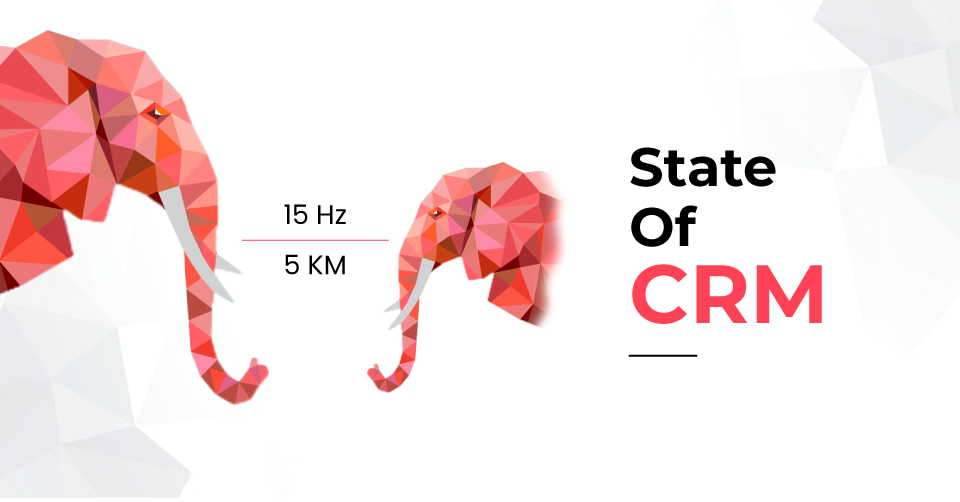Whatsapp – 17%
Facebook – 18%
Instagram – 20%
Everything is slowing down due to the pandemic. Businesses, investments, and life in general. But something isn’t slowing down. On the contrary, it’s expanding like never before because of you and us and well people across the globe.
It’s online traffic that has increased by 70% during COVID-19 with a chunk of users navigating to social media sites. Goes without saying that the virtual world is the one place where quarantine or lockdown doesn’t exist.
Most businesses have caught on to this accelerated use of digital channels. They have either initiated or expanded their digital operations. While a few months ago digitization was claimed to be the future for businesses, today it is the reality.
Some brands have gone the other way and reduced their marketing budgets. This is a dangerous move. One that we have explored in our previous blog.
Digitize To Survive
It’s impossible for businesses to survive solely through offline sales. Even as the lockdown eases, the ‘homebody’ consumer will continue to purchase services and goods online. This trend is here to stay. Joining the digital wagon is helping small and medium scale brands stay connected to customers. Local stores and mid-scale establishments are pepping up online pages, websites, offering free deliveries to retain existing customers, and attracting potential clients.
The whole agenda is to replicate in-person footfalls to digital footprints.
Goes without saying that competition is going to be high.
If you have already transitioned to digital sales and have started marketing campaigns – then you have overcome the first hurdle. Now it’s all about waiting for the leads to come pouring in and acquiring more customers. Here, you would be right about generating leads but wrong in the assumption that leads will naturally convert to customers.
Online sales can deliver great results because you are reaching more people. That’s the upside. The downside is that the same set of consumers have many options to choose from and minimal brand loyalty. It’s easy to gain attention but just as easy to lose it. The advantage of in-person sales is lost.
Overcome Hurdles With Data
How does one overcome a hurdle such as this? Especially at a time when you are making each marketing expense count.
The key is timing.
Connecting to online leads at the right time and in the right way. While you can train your resource to communicate effectively, you need to know how to keep them prepared.
To understand this we analyzed the online lead trends, between April to August, of 3 customers belonging to different industries. These are Real Estate – an industry that has seen some ups and downs during this time; Education – a sector which has seen a sales boom and Manufacturing – an industry that post-lockdown is slowly finding its feet.
Each of these companies undertakes online sales. It’s interesting to see how online lead patterns change based on industries.
If you belong to any of these industries then this is something you should definitely stick around for. Even if you don’t, some of these trends will also apply to your marketing strategy.
Do note that these trends may not be 100% applicable to your business but can help shed light on stats you may be missing out on.
Real Estate
Our customer is a builder in Bangalore with projects in major metropolitan cities in India. They have been actively marketing through the lockdown and post-lockdown. These are the insights we drew from their incoming lead trends.
The best time to expect a call is between 5:00 PM to 10:00 PM. This trend remains consistent with those we witnessed prior to COVID-19. Home-buyers usually inquire post working hours or just as they are winding out from a workday. So it’s wise to allocate more resources or create shifts where teams can be available to engage with interested buyers late into the evening or night.
We also found that the best day to expect a call is Friday and Saturday – the weekends. So keep that in mind as you accelerate your marketing.
Education
Our customer is an education platform offering consultation to students. Online education saw a boom during COVID-19 with students and professionals turning to online courses to upskill.
The data states that the duration between 11:00 AM to 5:00 PM is the best time to expect a call, with inquiries peaking in the morning and late evenings. We also found that maximum inquiries were received on a Monday. If you are part of the ed-tech industry then it would be good to keep an eye out for these patterns.
Manufacturing
Our customer is a premier manufacturer of gel earthings. The manufacturing industry has experienced a similar trajectory to real estate, with several ups and downs. Let’s see what the online lead trend is like for this industry.
Here the leads see a huge peak in the evenings and especially around 6:00 PM. The best route to address these inquiries is to allocate additional resources during these hours. Don’t wait to address leads received during late evenings to the next day. Lead interest is inversely proportional to the time of engagement. The longer you wait, the sooner you lose the customer.
Identifying The When of Marketing Leads
Having generated voluminous leads is great but addressing them at the wrong hour only leads to higher cancellations.
Without a CRM, identifying these patterns and trends for your business is difficult. With a CRM these trends are available at the click of a button. So you don’t just spend resources on marketing and wait for luck to play out. You can run campaigns, monitor engagement, plan future campaigns accordingly, and allocate resources with a strategy in place.
If you are curious about the trends in your industry and would like us to cover it, then reach out to us – we will be happy to curate a case study so you can gain insights about your business.



